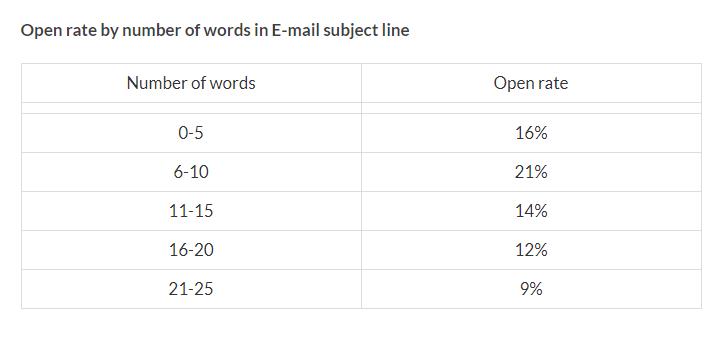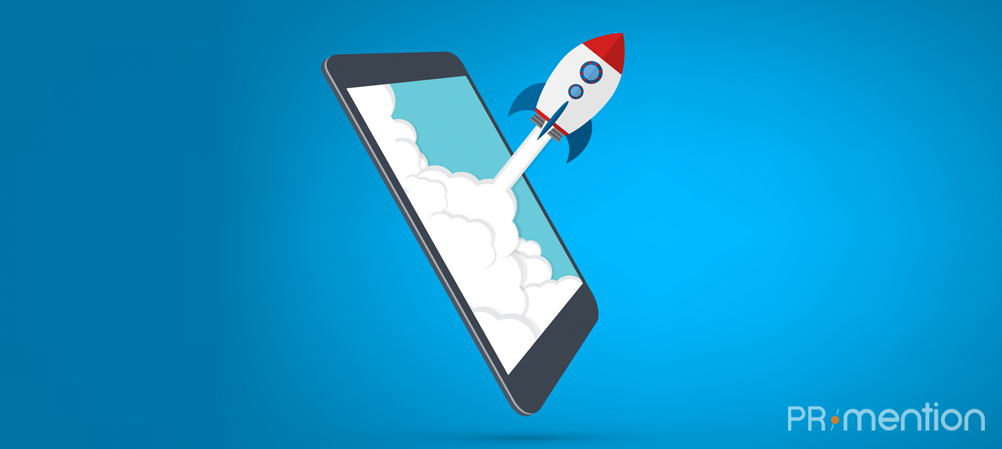Any way you look at it, email marketing is the tactic to rule all tactics in marketing, which is not exactly news. It’s the most effective and long-lasting channel, one that can work for everyone and, as the stat below shows, is considered to be much-needed by brands and companies worldwide.

(Source)
This is all great, especially when we’re talking about eCommerce brands that need quality leads to turn to recurring customers that have come to know and love your brand. But what happens when a company needs, for one reason or another, to utilize a cold email outreach campaign?
And yes, that is a thing, and yes, it works, provided you know how to use it correctly. If you don’t know how to do this, I’m here to showcase how you can create a cold outreach campaign that is not supposed to be addressed to someone you know personally, and make it look like this is not the case.
Ready? Okay, here goes!
Why Cold Email Outreach Is Not Spam
 (Source)
(Source)
It could be pretty easy to confuse the two and think that cold email outreach is, in fact, spammy and all-around outdated and potentially harmful for your business. However, that’s not the case, as there are many differences between the two:
First of all, cold email outreach is not the same as cold email blasts, as, cold or not, you’ll need to check the person and the company you’re sending things to and be clear and specific on the hows and whys of your outreach.
This will lead to you including a name in the email or perhaps on the subject line as well. And this will make the recipient way more receptive to at least opening and scanning through the email.
Just make sure to study the best time to send an email and above all, be clear on who you are and why you contacted the recipient, as this is the key point of difference between spam and cold email outreach.
And a little hint: Would cold emails work that well for all industries, as shown by the graph above, if it were spam?
How many email blasts do you know, that have actually worked?
Before We Begin
Let me tell you a thing or two on the most important thing that separates cold email blasts from cold email outreach: Personalization.
Don’t think that, since you’re sending out a cold email, this is not a necessity. I cannot stress this enough, personalization is like someone knocking on your door and calling out your name. You’re bound to answer the door, that way.
So, first in order of business is to carefully study the recipient. Make yourself familiar with their brand or niche and make sure you understand why and how you could be of value to them.
Secondly, make sure to mention their name on your subject line and incorporate that kind of personalization into the content of your copy.
It’s very important for your prospects to feel like you took the time to do your research and provide some value or solution that actually makes sense. Not to mention that mentioning someone’s name immediately draws attention, even in an inbox that is filled to the brim with emails.
What’s fantastic about personalization is that it makes you sound human. Because whether you like it or not, a cold email can turn you into a bot quite easily.
And humans rarely get marked as spam, which results in better deliverability.
Your Subject Line Tells All
You’d think that people need all the details up front, in order to decide whether or not they’d like to open an email and see what’s inside. Maybe you’d think that a clever, detailed subject line, a nice CTA and a fancy landing page is all it takes, but you couldn’t be further from the truth.
Your subject line needs to be short and sweet but neither too short nor too detailed. Just as much as needed, for the user to be enticed.
Shorter subject lines have a better open rate than longer ones and there is a “golden ratio” when it comes to how many words your subject line needs.
 (Source)
(Source)
Since your subject line is the first impression and you’ve got limited time to make one, you’ll need to have an all-around tactic in order to get the recipient to open your email:
- First of all, you’ll need to A/B test everything and see what works and what doesn’t, for your target audience.
- Secondly, you’ll need to change one key parameter at a time, to make sure that you understand what it is that makes a difference. You can try a generic subject line the first time and try to slowly change it.
- Opt for a subject line that will mention the person’s name. This will make the recipient open the email, out of pure curiosity at first, giving you better chances of optimizing your conversion rate (CRO)
- Offer value. Why should they open that email anyway? Go for things like “Hey [XYZ], wanna beat your competitors?”.
Seeing as nearly half of the recipients open an email based on the subject line, you need it to be impeccable-or as close as. Actually, you’ll need it to be so good that the recipient will ignore the fact that they don’t know the sender.
Your Body Copy Will Keep Them Reading
Remember: We’re talking about cold prospects here. This practically means that you can’t begin with long introductions on who you are and who you’re working for. Nobody has the time for that, and you wouldn’t bother if you received an email like that, either.
Read your email out loud. If it doesn’t feel like something you would’ve liked, what makes you think that your prospect will like it?
Oh, and another thing: Prospects will see a small snippet of your email before opening it. This is another reason why a long, boring introduction like “Hi, I am [XYZ] from [ABC] company that deals with [this and that] won’t work for you.
People are used to scanning their emails quickly and then deciding what to do with them and whether they’re going to open them-aka whether they’re interested-or not.
Also, make sure to keep your entire email short and sweet and split it into small, easy-to-read paragraphs with a personal touch. “I saw your post on [this] blog and I noticed that you’ve made a reference to one of my favorite articles on content marketing.”
You’re not done yet, though. A good idea for a lot more engagement would be to add a PS to the end of your email. The reason behind it is that the first thing one would notice upon opening your email would be your signature.
By adding a PS and a question above that, you’re drawing attention to the body of your email.
Your Signature Will Verify You’re Real
You need a signature as much as you need the perfect subject line, for two main reasons:
First of all, a signature draws attention to you and your business, without looking like unnecessary information. You’re simply stating who you are and what you can do for the recipient.
Most of all, you’re showing your face and you’re building credibility, as it’s clear that you’re a real person and not some bot sending emails. And it’s not as easy to say no to a real person.
Just include the name of your company, your name and your position and try to make things look fancy but not too fancy.
The second reason is that the signature will draw attention. Therefore, you can ask the real questions right before that. For example: “Would you be interested in a collaboration?” or “Are you the right person to contact? If not, could you please redirect me to the person that would be interested in my proposal?”
The Follow-ups Will Show You Care
Don’t fret if you don’t get a reply on the first try. It has happened to all of us. The important thing is not to receive a reply on the first try, but to receive a reply, period.
Be patient and always follow up.

(Source)
The above statistic clearly shows that campaigns with more emails are more successful than those with fewer.
Follow-up emails serve as reminders that you’ve contacted the recipient and that you actually care to receive a reply but there are no hard feelings if they haven’t had the time to read your original email.
However, it doesn’t mean that you should flood your prospects’ inboxes with as many follow-ups as possible until they break and reply to you. It’s not that simple.
Just make sure to send it some days later. Also, avoid sending the follow-up email at the exact same time every time, unless otherwise stated by the recipient. Otherwise, you may risk looking like a bot.
Also, make sure to either “reply” to your previous message, so it can be displayed at the bottom, or remind them of what the previous message was about. That way, you’ll surely draw attention and let them know what your email is about, even if they haven’t received it yet.
Your last resort would be the “break-up” email. Send them one that will sound equal parts humorous and disappointed but only if they have responded to none of your emails.
Takeaway
So, what have we learned today? In order to create relationships through cold email outreaching, you’ll need, first and foremost, to be personal and relevant.
Don’t babble too much, get straight to the point and don’t give up if your recipients don’t answer on the first try. Maybe they didn’t see your email or maybe they were not interested at that point. Maybe it was a bad day for them, we’ll never know.
Be patient, short and sweet and make sure your content shows a real person and not a bot or someone that just says the same thing to everyone they meet.
Of course, there are a lot more, in-depth tips on how to build meaningful relationships through cold email outreach, but these are the basics everyone should nail first.
So, what say you? Is there something that you do but we haven’t mentioned?
Don’t forget to tell us in the comments and as always, share the knowledge!
Author Bio
Téa is a content writer working for email marketing software company Moosend and an obsessive writer in general. In her free time, she tries to find new ways to stuff more books in her bookcase and content ideas-and cats-to play with.

